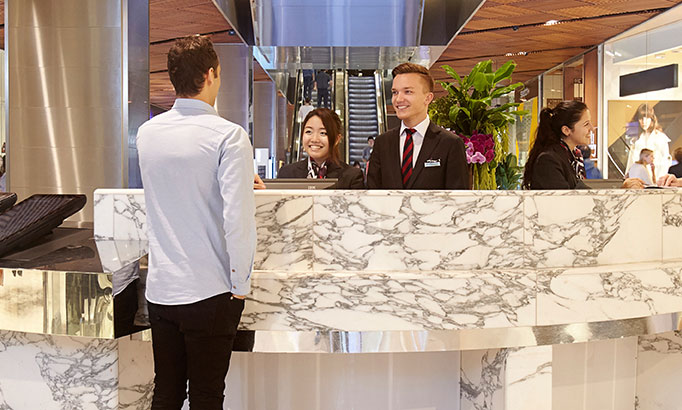
Scentre Group’s flexible workplace policy has been wholeheartedly embraced by its staff. One year after its establishment, Scentre Group introduced a range of new flexible workplace policies that allow its staff to have a better work-life balance.
In doing so the Group continues to move towards its stated objective of creating a workplace that can attract and retain the best talent in the marketplace, and maintain a sustainable competitive advantage.
The move to a more flexible workplace was underpinned by the Group’s recognition that people have commitments outside work and that how, when and where work is conducted significantly affects these commitments. Workplace flexibility allows employees to succeed in both work and life, ideally leading to happier and more effective individuals.

“There should be no stigma attached to people working flexibly or taking time off to be with their families.”
Peter Allen, Scentre Group CEO

By introducing a formal workplace flexibility policy, Scentre Group has committed to balancing the personal and professional needs of its people to ensure mutually beneficial workplace arrangements can be created. While not every role can accommodate every type of flexibility the Group believes all roles – regardless of level or location – can be undertaken with some form of flexibility. And for flexibility to be truly successful, it requires support from peers throughout the business.
Scentre Group’s flexibility is built on trust and integrity between managers and employees. Its implementation has been supported by a range of guidelines and educational programs to help leaders within the business understand what and how flexibility can be integrated with business objectives. “If it can be a win-win situation,’ says Peter Allen, “then we are both going to get a benefit out of that.”
The new flexibility policies address parental leave, annual leave and flexible working. Highlights of each include:
The new Purchased Additional Annual Leave (PAAL) policy supports the Group’s commitment to diversity and inclusion in further recognising people’s desire for flexibility to meet their personal and professional interests.
The PAAL program allows employees to purchase up to four additional weeks of annual leave per calendar year, providing the opportunity to take additional leave with pay (in addition to statutory leave), as opposed to additional leave without pay. The policy may be particularly appealing to working parents with school-aged children who need to accommodate the large number of weeks for school holidays across the year. The full impact of the purchased leave on an employee’s salary will be across the full year and the Group facilitates dialogue between its managers who have right of approval, and their staff who may be seeking the additional leave.

